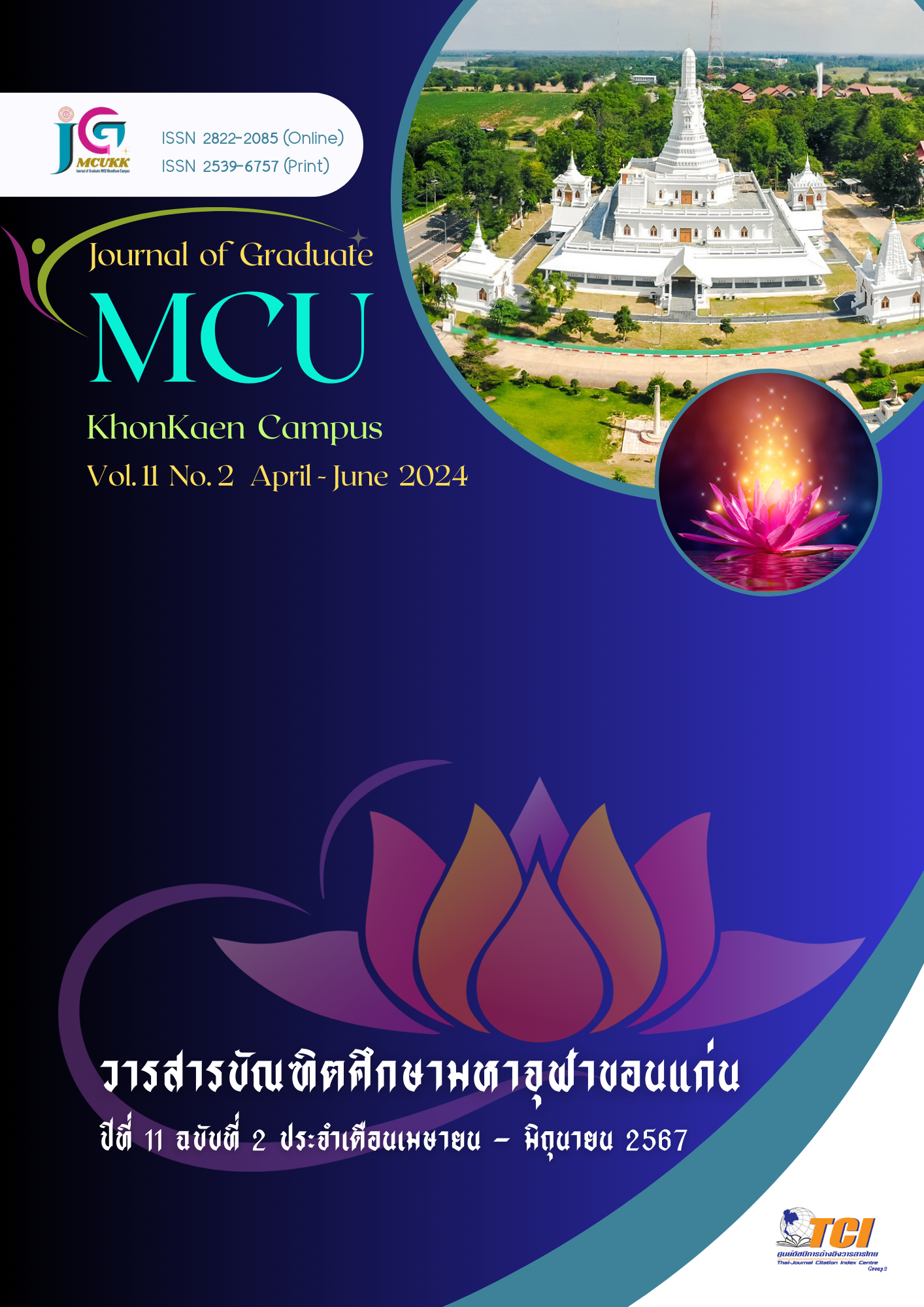Gender and Sexuality in Best of Girl’s Love Romance novels (2023) from mybest
Main Article Content
Abstract
This study analyzed girls’ love (yuri) romantic literature with the objective of describing the female characters who appeared in same-sex relationships in the novels in terms of their gender and sexuality. The novels analyzed for this study appeared on the list of top ten yuri novels of 2023, published by the website “mybest.”
In terms of gender, the study found that female characters in same-sex relationships in the novels exhibited five feminine traits: 1) body image-consciousness; 2) perfectionism, especially in terms of displaying a respectful demeanor; 3) sensitivity and attentiveness to others; 4) a virtuous and ladylike manner focused on homemaking; and 5) a victim positionality wherein they were mistreated by others. Meanwhile, female characters in same-sex relationships exhibited five masculine traits: 1) demonstrations of adeptness or proficiency; 2) physical and mental strength; 3) leadership qualities; 4) self-control in terms of feelings and emotions; and 5) reason-based (more so than emotion-based) decision making. Female characters that appeared in same-sex relationships in the novels were either: 1) homosexual (lesbian), 2) bisexual, or 3) queer. The characters could be divided into four categories based on their role in sexual intercourse: 1) characters that took only the active role, 2) characters that took only the passive role, 3) characters that could take either the active or passive role, and 4) characters for which their role in sexual intercourse was not described.
Article Details

This work is licensed under a Creative Commons Attribution-NonCommercial-NoDerivatives 4.0 International License.
References
ดิษยทรรศน์ ศรีบุญเรือง. (2557). การนำเสนอภาพความเป็นชายและความเป็นหญิงในคัมภีร์อรรถกถาธรรมบท ฉบับมหามกุฎราชวิทาลัย. (วิทยานิพนธ์ศิลปศาสตรมหาบัณฑิต สาขาวิชาภาษาไทย). ขอนแก่น: มหาวิทยาลัยขอนแก่น.
สุชัญญา วงค์เวสช์ และคณะ. (2563). เพศวิถีของตัวละครในนวนิยายหลากหลายความนิยมทางเพศรส. วารสารวิวิธวรรณสาร, 4(2), 27-58.
อนันตศักดิ์ พลแก้วเกษ และเอี่ยม อามาตย์มูลตรี. (2565). ความเป็นหญิงความเป็นชายในบทละครนอก เรื่องไกรทอง.วารสารมหาวิทยาลัยราชภัฏร้อยเอ็ด, 16(3), 29-42.
อรทัย เพียยุระ. (2564). วรรณกรรมกับเพศภาวะ Literature and gender. ขอนแก่น: มหาวิทยาลัยขอนแก่น.
Jackson, P. A., Cook, N. M. (1999). Genders & sexualities in modern Thailand. Chiang Mai: Silkworm Books.
Richardson, D. and Robinson, V.(ed.). (2008). Introducing Gender and Women’s Studies. Hampshire: Palgrave MacMillan.

